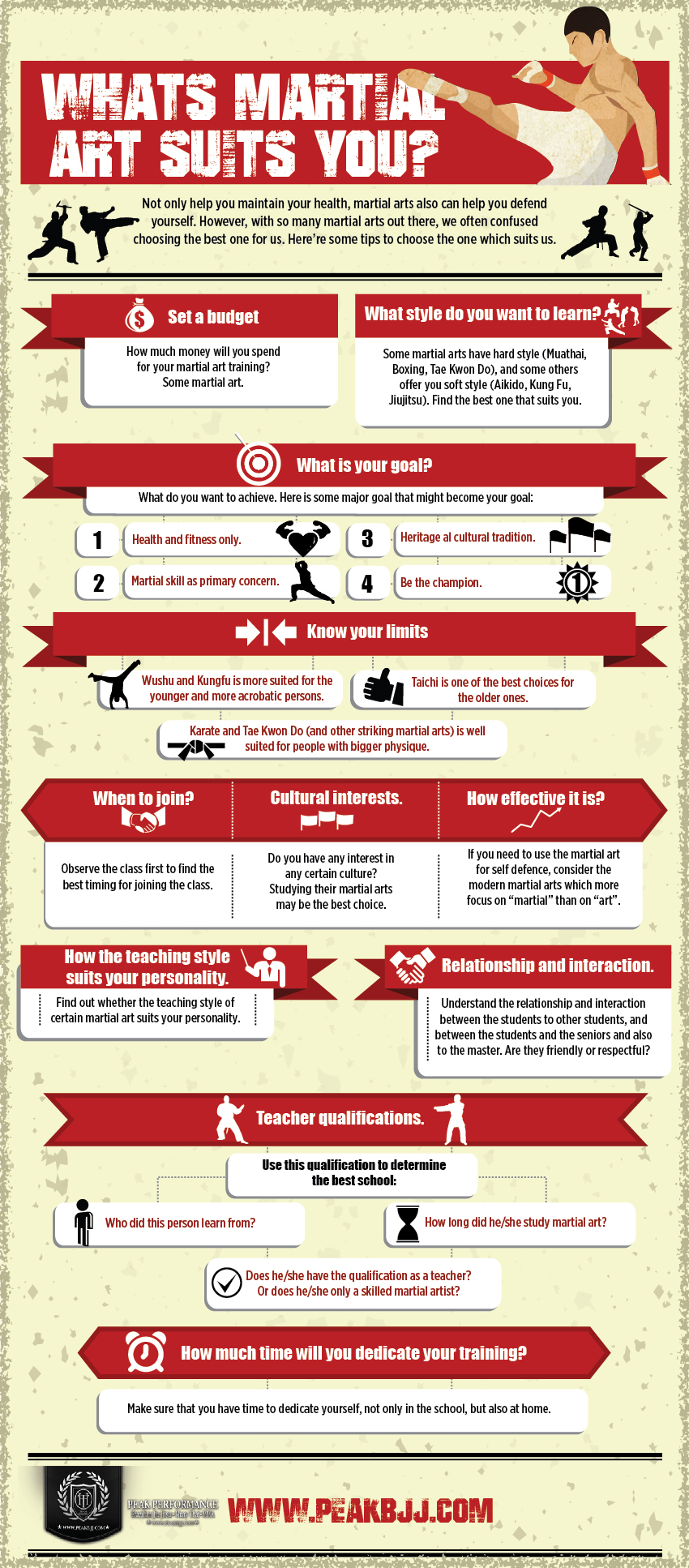The Background And Ideology Of Martial Arts: A Deep Dive
The Background And Ideology Of Martial Arts: A Deep Dive
Blog Article
Content Produce By-Fyhn Friedman
Enter the old world where martial arts were born out of necessity in diverse areas. Cultures crafted unique battling styles intertwined with historical contexts. Methods evolved over centuries via committed practice and social exchanges. Today, modern-day martial arts blend traditional aspects for optimal efficiency. Philosophically, martial arts highlight technique, self-improvement, and consistency. Respect, humbleness, and equilibrium are foundational concepts directing professionals in the direction of development and strength. Explore the depths of this abundant history and ideology to uncover the extensive impacts shaping this long-lasting discipline.
Origins of Fighting Style
Martial arts originated in various areas worldwide, advancing as sensible combat systems to defend against threats. These old fighting styles were established out of need, with each culture crafting methods matched to their distinct atmospheres and difficulties. From the grappling arts of Jujutsu in Japan to the striking techniques of Kung Fu in China, martial arts were deeply intertwined with the historical, social, and cultural fabric of their particular cultures.
In Japan, the samurai class polished martial arts like Kenjutsu, the art of the sword, which later developed into the much more popularized kind of Kendo. At the same time, in Brazil, Capoeira emerged as a blend of dance and combat, created by enslaved Africans as a method to withstand fascism. Each fighting style carries with it a rich background and viewpoint, showing the values and ideas of the people who exercised them.
As you look into the origins of martial arts, you uncover a tapestry of human ingenuity, resilience, and the stubborn spirit of warriors throughout time.
Development of Methods
With centuries of technique and improvement, battle methods within various martial arts have actually gone through an extensive advancement. From ancient designs like Kung Fu and Martial arts to more contemporary techniques such as Brazilian Jiu-Jitsu and Krav Maga, the advancement of techniques has been driven by a mix of cultural impacts, sensible applications, and technological developments.
One considerable facet of this advancement is the cross-pollination of methods between various martial arts. For fighting classes for adults near me , techniques from typical Japanese Jiu-Jitsu were integrated into the creation of Judo by Jigoro Kano in the late 19th century. https://bestmartialartsforadultst53107.vblogetin.com/33173032/empower-yourself-unlocking-the-power-of-self-defense-courses blending of designs has actually brought about the advancement of hybrid martial arts like Mixed Martial Arts (MIXED MARTIAL ARTS), which incorporate components of striking, grappling, and entry strategies.
Moreover, the advancement of methods has actually been formed by the boosting emphasis on effectiveness and effectiveness in combat. Experts have constantly looked for to refine their methods with strenuous training, testing, and competitors, bring about the development of extremely specialized and effective fighting designs. Overall, the evolution of strategies in martial arts shows the vibrant nature of battle and the continuous pursuit for improvement and technology.
Thoughtful Structures
Exploring the underlying thoughtful principles of martial arts gives understanding right into their core values and directing beliefs. At relevant site of several martial arts self-controls is the concept of technique itself. By educating your body and mind to function as one natural system, you grow self-control that expands past the dojo or fitness center into everyday life. This technique incorporates regard, humility, and self-constraint, shaping not simply your physical capacities but additionally your personality.
Another basic thoughtful structure in martial arts is the concept of continuous self-improvement. The journey of mastering a martial art is never-ending, with experts frequently striving to better themselves, both physically and emotionally. This focus on growth cultivates resilience, determination, and a growth frame of mind that can be applied to all facets of life.
Moreover, martial arts highlight the significance of harmony and balance. Methods are created to use an opponent's power against them, highlighting the concept of producing and rerouting pressure as opposed to satisfying it head-on. This viewpoint includes social partnerships, advertising serene resolutions and mutual understanding. By embracing these thoughtful foundations, martial artists not only improve their battle abilities but additionally grow a way of living fixated personal growth, respect, and harmony.
Conclusion
To conclude, the background and philosophy of martial arts use a rich tapestry of practice, self-control, and self-improvement.
Consider instance the story of Bruce Lee, who transformed martial arts by blending different styles and approaches to produce his own special type of Jeet Kune Do.
With commitment and technology, martial musicians continue to push boundaries and motivate others to reach their full capacity both in fight and in life.
